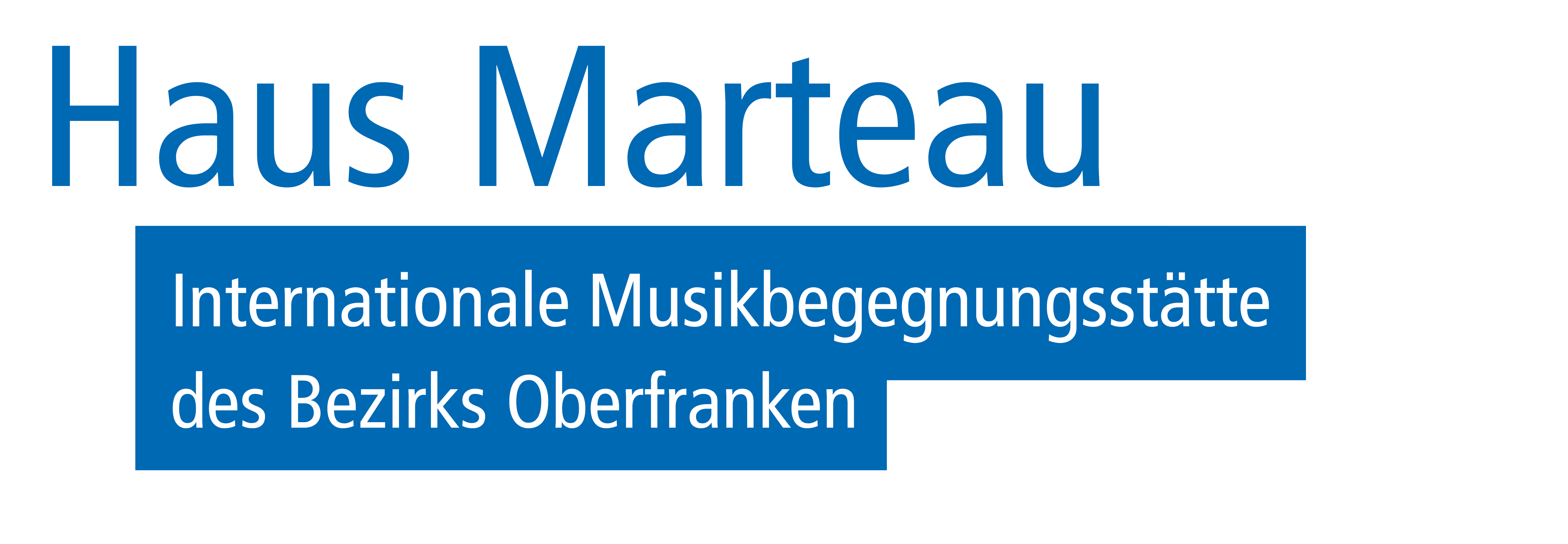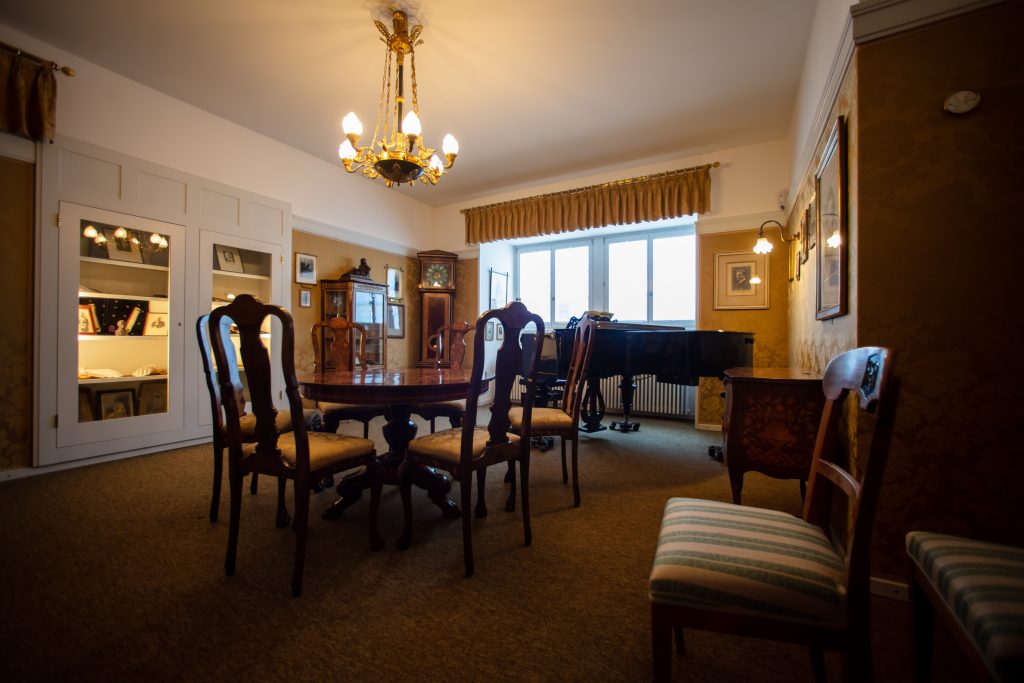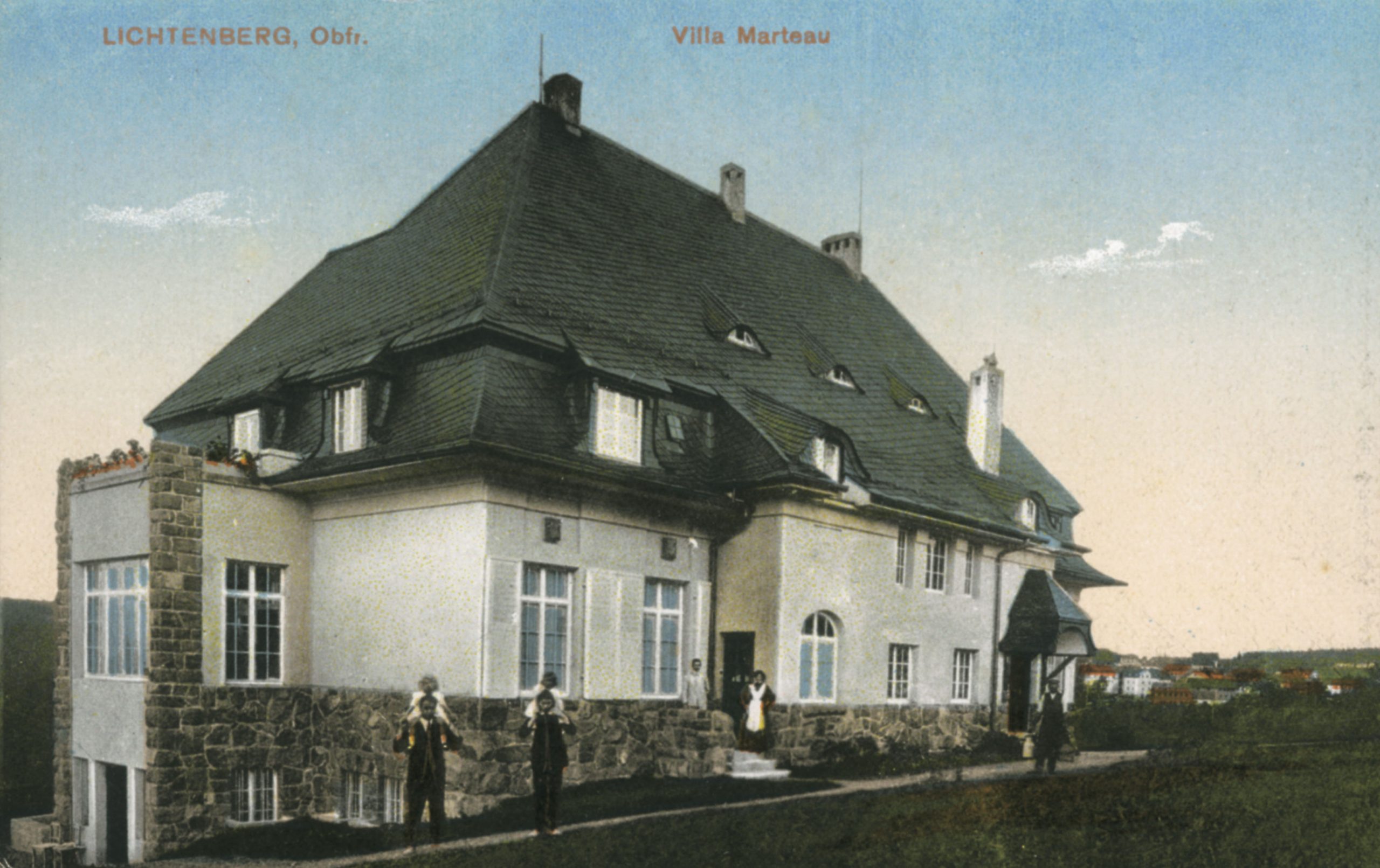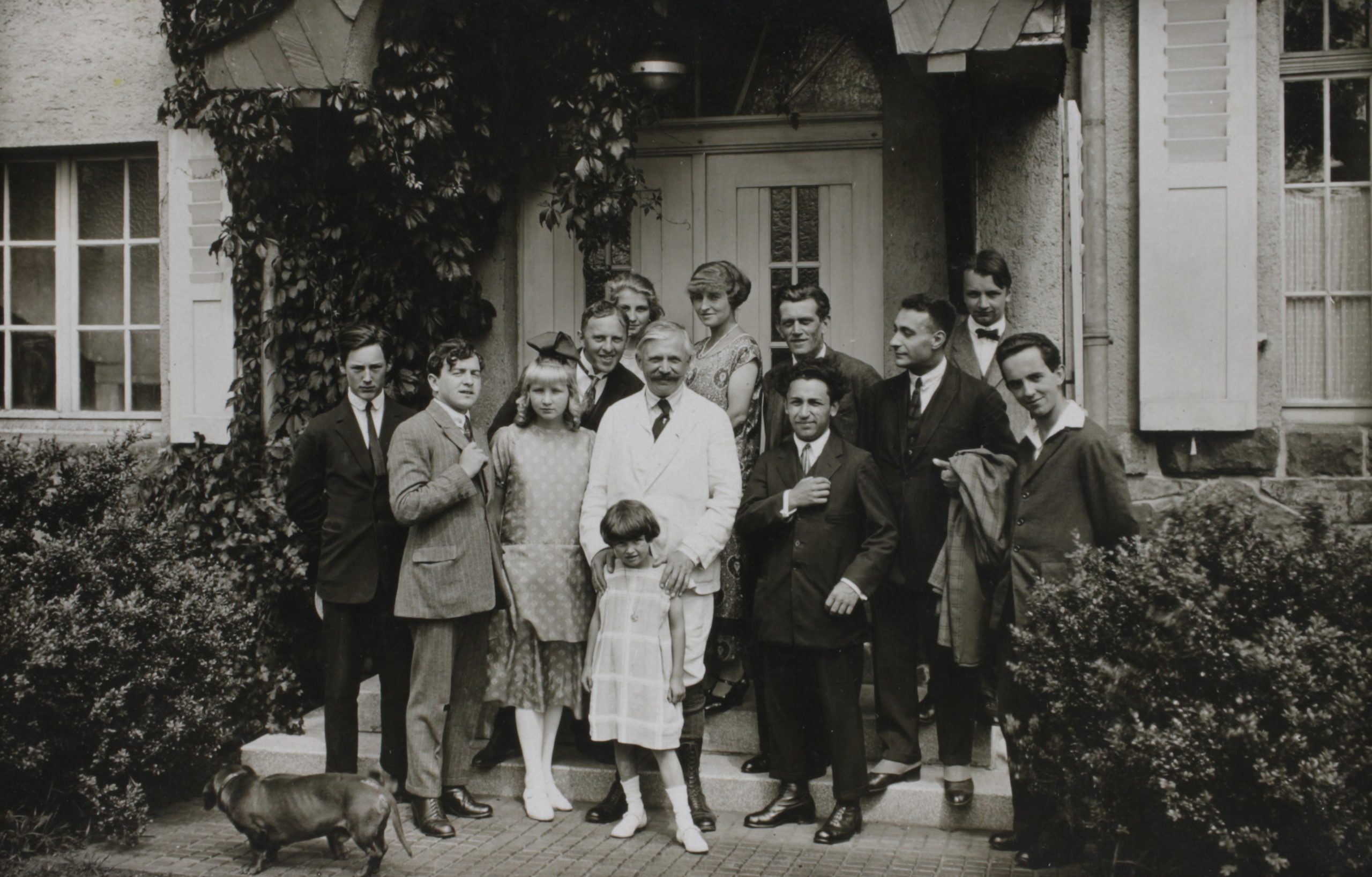Haus Marteau was built in 1912/13 by the then world-famous violin virtuoso Henri Marteau and his second wife Blanche (1887-1977). The plans were drawn up by the Swiss architect Hans Schwab (1875-1950).
Originally intended as a summer residence, the house became the Marteau family’s main home after the First World War. During this time, the rooms in the basement were used for storage and economic purposes. The ground floor was dominated by the prestigiously designed reception and private rooms, furnished with French fabric wallpaper, numerous paintings and valuable porcelain. On the upper floor were children’s rooms, guest rooms, a playroom and the so-called “master room” as Henri Marteau’s workroom.
Henri Marteau had been giving violin lessons to his most talented pupils there since 1913 – partly privately, partly in so-called “summer academies”. His students came from Europe and the USA and stayed with Lichtenberg families during this time. The public final concerts of the “summer academies” in the Lichtenberg gymnasium were also a thank-you for the hospitality of the Lichtenbergers.
Henri Marteau died in 1934; the house remained in family ownership. After the death of his wife Blanche in 1977, Marteau’s eldest daughter and his grandson, Raymonde Linsmayer-Marteau (1910-2012) and Peter Linsmayer (1935-2005), endeavoured to continue the musical use of the villa.





